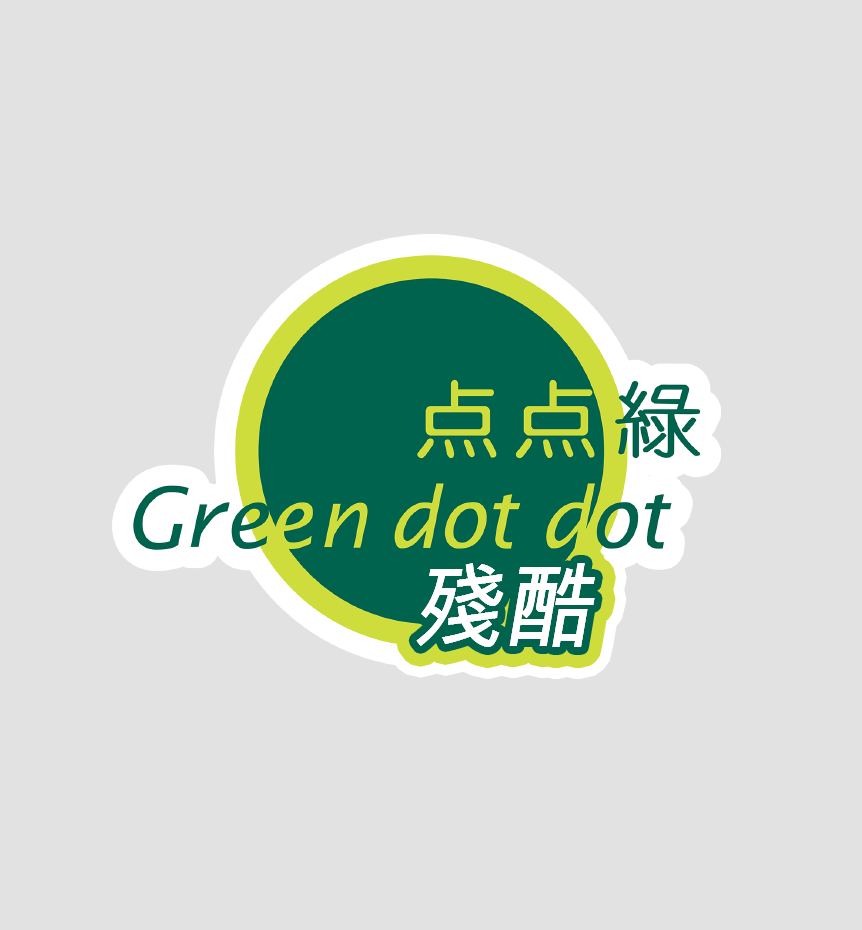
點點綠的骯髒和動物虐待
探點點綠雞蛋供應鏈的震驚故事
您有在點點綠購買食品嗎?如果是,您可能需要再次考慮。一段震驚的影片揭示了在點點綠賣的雞蛋背後存在著食品安全風險和極端動物虐待。
點點綠是香港一個有機和健康食品品牌,擁有超過500種產品,可在超過200個銷售點購買,包括零售店、超市、百貨公司,以及電商。他們的銷售網絡遍布中國、香港、澳門、美國、加拿大和澳洲。
點點綠繼續銷售來自殘酷和骯髒的電池籠的雞蛋。
在那些將雞困在籠子裡的農場,糞便和污垢附著在雞蛋產下的籠子的鐵條上,糞便就堆積在雞蛋和鳥兒的幾吋之內。母雞幾乎一生被困在如此狹小和殘酷的籠子裡,而這在世界上許多國家都是非法的。死去的雞的屍體就放在旁邊,而旁邊的雞還在為人類生產雞蛋。
數十家其他領先的零售連鎖已經承諾在全球只使用無籠雞蛋。例如,citysuper、Lidl、Aldi Süd、Valora和馬莎都已經在全球做出100%非籠養雞蛋的承諾,還有其他超過50家領先的零售連鎖店也做出同樣承諾。但點點綠似乎認為他們的顧客不值得得到同樣待遇。他們繼續從骯髒和殘酷的籠養雞蛋農場入口雞蛋,並且沒有承諾改變。
是時候讓點點綠與其他領先的國際零售商保持同步,設定一個只銷售非籠養雞蛋的行動時間表。
請簽署請願書!
點點綠:除非您和其他領先的零售連鎖商保持同步,承諾停止使用來自骯髒、殘酷的電池籠雞蛋,否則我不會在您的任何商店購物。是時候讓點點綠承諾 100% 走向非籠養雞蛋!
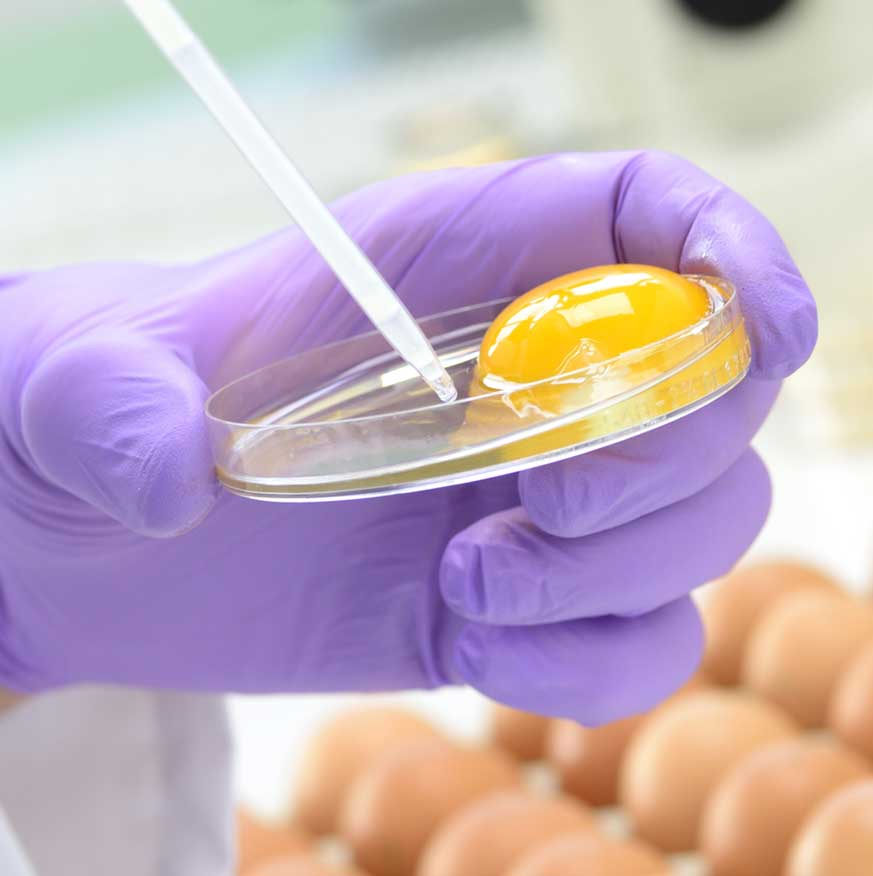
籠養雞蛋的食品安全風險
十多項科學研究發現,籠養雞場的沙門氏菌污染率顯著較高。歐洲食品安全局對此問題進行了有史以來最大的研究,分析了五千個農場的數據。研究發現,籠養雞場受到關鍵沙門氏菌株的污染機率是其他養殖方式的25倍。 (1, 2, 3, 4, 5, 6, 7, 8, 9, 10, 11, 12, 13, 14, 15, 16, 17)
將雞困在籠子裡導致食品安全風險的原因有很多。美國農業部的研究顯示,籠子內的壓抑環境使雞更容易受到疾病的侵害。籠子也很難清潔和消毒,導致積聚大量的受污染糞便和灰塵。 (18, 19, 20, 21, 22, 23)
籠養雞蛋是殘酷的
就像狗和貓一樣,雞是聰明、有智慧的動物,它們可以感受到快樂和痛苦。將一個動物幾乎整個生命困在一個小得幾乎不能轉身的籠子裡是絕對錯誤的。 (24)
電池籠子如此殘酷,已在世界上數十個國家被禁止。世界上每一個主流動物保護組織都譴責電池籠是殘酷和不人道的。 (25, 26, 27)
以下是其中一些組織的說法:
 “最基本的行為,如拍打翅膀或棲息,都被剝奪。香港愛護動物協會深深擔心這數百萬隻雞的福利。” 香港愛護動物協會
“最基本的行為,如拍打翅膀或棲息,都被剝奪。香港愛護動物協會深深擔心這數百萬隻雞的福利。” 香港愛護動物協會

“電池籠子是極不人道的;它們不僅非常擁擠,還剝奪了蛋雞築巢和沙塵浴的能力……食品工業應盡快使用非籠養雞蛋” 台灣愛護動物協會

“籠中的母雞更容易受到壓力和傷害,並增加了沙門氏菌的風險” 世界動物保護組織
這些組織與本網站無關
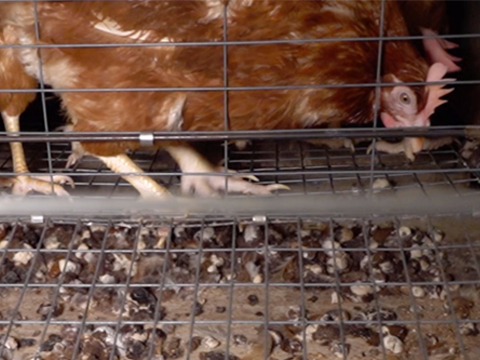
層架雞籠
點點綠繼續從使用殘酷和骯髒的籠子囚禁母雞的供應商那裡銷售雞蛋給顧客。
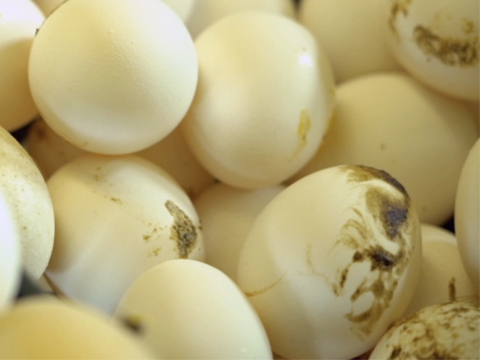
骯髒
在這些點點綠雞蛋供應商的畜牧場,母雞在貧瘠的籠子裡產蛋及排便。
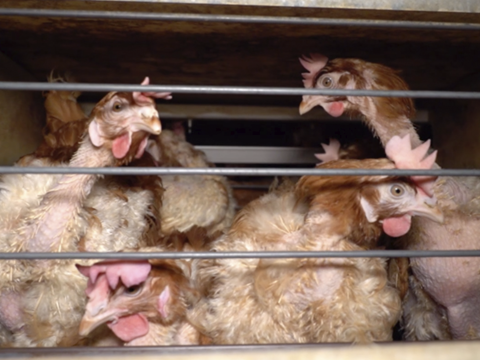
殘酷
每一隻母雞幾乎終其一生都被擠在一個如此小的籠子裡,以至於她幾乎不能轉身。
下載和文檔
Equitas 是一家總部位於英國的全球非營利組織,致力於全球食品供應鏈中的消費者保護和動物福利。
有關層架雞籠的食品安全風險和動物虐待的引文
1: Van Hoorebeke S, Van Immerseel F, Schulz J, et al. 2010. Determination of the within and between flock prevalence and identification of risk factors for Salmonella infections in laying hen flocks housed in conventional and alternative systems. Preventive Veterinary Medicine 94(1-2):94-100.
2: Snow LC, Davies RH, Christiansen KH, et al. 2010. Investigation of risk factors for Salmonella on commercial egg-laying farms in Great Britain, 2004-2005. Veterinary Record 166(19):579-86.
3: 2010. Annual Report on Zoonoses in Denmark 2009. National Food Institute, Technical University of Denmark.
4: Van Hoorebeke S, Van Immerseel F, De Vylder J et al. 2010. The age of production system and previous Salmonella infections on farm are risk factors for low-level Salmonella infections in laying hen flocks. Poultry Science 89:1315-1319.
5: Huneau-Salaün A, Chemaly M, Le Bouquin S, et al. 2009. Risk factors for Salmonella enterica subsp. Enteric contamination in 5 French laying hen flocks at the end of the laying period. Preventative Veterinary Medicine 89:51-8.
6: Green AR, Wesley I, Trampel DW, et al. 2009 Air quality and bird health status in three types of commercial egg layer houses. Journal of Applied Poultry Research 18:605-621.
7: Schulz J, Luecking G, Dewulf J, Hartung J. 2009. Prevalence of Salmonella in German battery cages and alternative housing systems. 14th International congress of the International Society for Animal Hygiene: Sustainable animal husbandry : prevention is better than cure. pp. 699-702. http://www.safehouse-project.eu/vars/fichiers/pub_defaut/Schulz_Salmonella_ISAH%202009.ppt.
8: Namata H, Méroc E, Aerts M, et al. 2008. Salmonella in Belgian laying hens: an identification of risk factors. Preventive Veterinary Medicine 83(3-4):323-36.
9: Mahé A, Bougeard S, Huneau-Salaün A, et al. 2008. Bayesian estimation of flock-level sensitivity of detection of Salmonella spp. Enteritidis and Typhimurium according to the sampling procedure in French laying-hen houses. Preventive Veterinary Medicine 84(1-2):11-26.
10: Pieskus J, et al. 2008. Salmonella incidence in broiler and laying hens with the different housing systems. Journal of Poultry Science 45:227-231.
11: European Food Safety Authority. 2007. Report of the Task Force on Zoonoses Data Collection on the Analysis of the baseline study on the prevalence of Salmonella in holdings of laying hen flocks of Gallus gallus. The EFSA Journal 97. www.efsa.europa.eu/EFSA/efsa_locale-1178620753812_1178620761896.htm.
12: Snow LC, Davies RH, Christiansen KH, et al. 2007. Survey of the prevalence of Salmonella species on commercial laying farms in the United Kingdom. The Veterinary Record 161(14):471-6.
13: Methner U, Diller R, Reiche R, and Böhland K. 2006. [Occurence of salmonellae in laying hens in different housing systems and inferences for control]. Berliner und Münchener tierärztliche Wochenschrift 119(11-12):467-73.
14: Much P, Österreicher E, Lassnig. H. 2007. Results of the EU-wide Baseline Study on the Prevalence of Salmonella spp. in Holdings of Laying Hens in Austria. Archiv für Lebensmittelhygiene 58:225-229.
15: Stepien-Pysniak D. 2010. Occurrence of Gram-negative bacteria in hens’ eggs depending on their source and storage conditions. Polish Journal of Veterinary Sciences 13(3):507-13.
16: Humane Society International, “An HSI Report: Food Safety and Cage Egg Production” (2010). HSI Reports: Farm Animal Protection. 3. http://animalstudiesrepository.org/hsi_reps_fap/3
17: European Food Safety Authority. 2007. Report of the Task Force on Zoonoses Data Collection on the Analysis of the baseline study on the prevalence of Salmonella in holdings of laying hen flocks of Gallus gallus. The EFSA Journal 97. www.efsa.europa.eu/EFSA/efsa_locale-1178620753812_1178620761896.htm
18: The Danish Veterinary and Food Administration. 2004. The national Salmonella control programme for the production of table eggs and broilers 1996-2002. Fødevare Rapport 6, March.
19: Davies R and Breslin M. 2003. Observations on Salmonella contamination of commercial laying farms before and after cleaning and disinfection. The Veterinary Record 152(10):283-7.
20: Methner U, Rabsch W, Reissbrodt R, and Williams PH. 2008. Effect of norepinephrine on colonisation and systemic spread of Salmonella enterica in infected animals: Role of catecholate siderophore precursors and degradation products. International Journal of Medical Microbiology 298(5-6):429-39.
21: Bailey MT, Karaszewski JW, Lubach GR, Coe CL, and Lyte M. 1999. In vivo adaptation of attenuated Salmonella Typhimurium results in increased growth upon exposure to norepinephrine. Physiology and Behavior 67(3):359-64.
22: Shini S, Kaiser P, Shini A, and Bryden WL. 2008. Biological response of chickens (Gallus gallus domesticus) induced by corticosterone and a bacterial endotoxin. Comparative Biochemistry and Physiology. Part B. 149(2):324-33.
23: Rostagno MH. 2009. Can stress in farm animals increase food safety risk? Foodborne Pathogens and Disease 6(7):767-76.
24: Marino, L. 2017. Thinking chickens: a review of cognition, emotion, and behavior in the domestic chicken. Animal Cognition 20(2): 127–147.
25: “European_Union_Council_Directive_1999/74/EC.” Wikipedia: The Free Encyclopedia. Wikimedia Foundation, Inc. Web 03 August 2018, en.wikipedia.org/wiki/European_Union_Council_Directive_1999/74/EC
26: “Farm Animal Confinement Bans.” American Society for the Prevention of Cruelty to Animals. Web. 03 August 2018, www.aspca.org/animal-protection/public-policy/farm-animal-confinement-bans
27: World Organization for Animal Health, “Terrestrial Animal Health Code” (2017). www.rr-africa.oie.int/docspdf/en/Codes/en_csat-vol1.pdf


